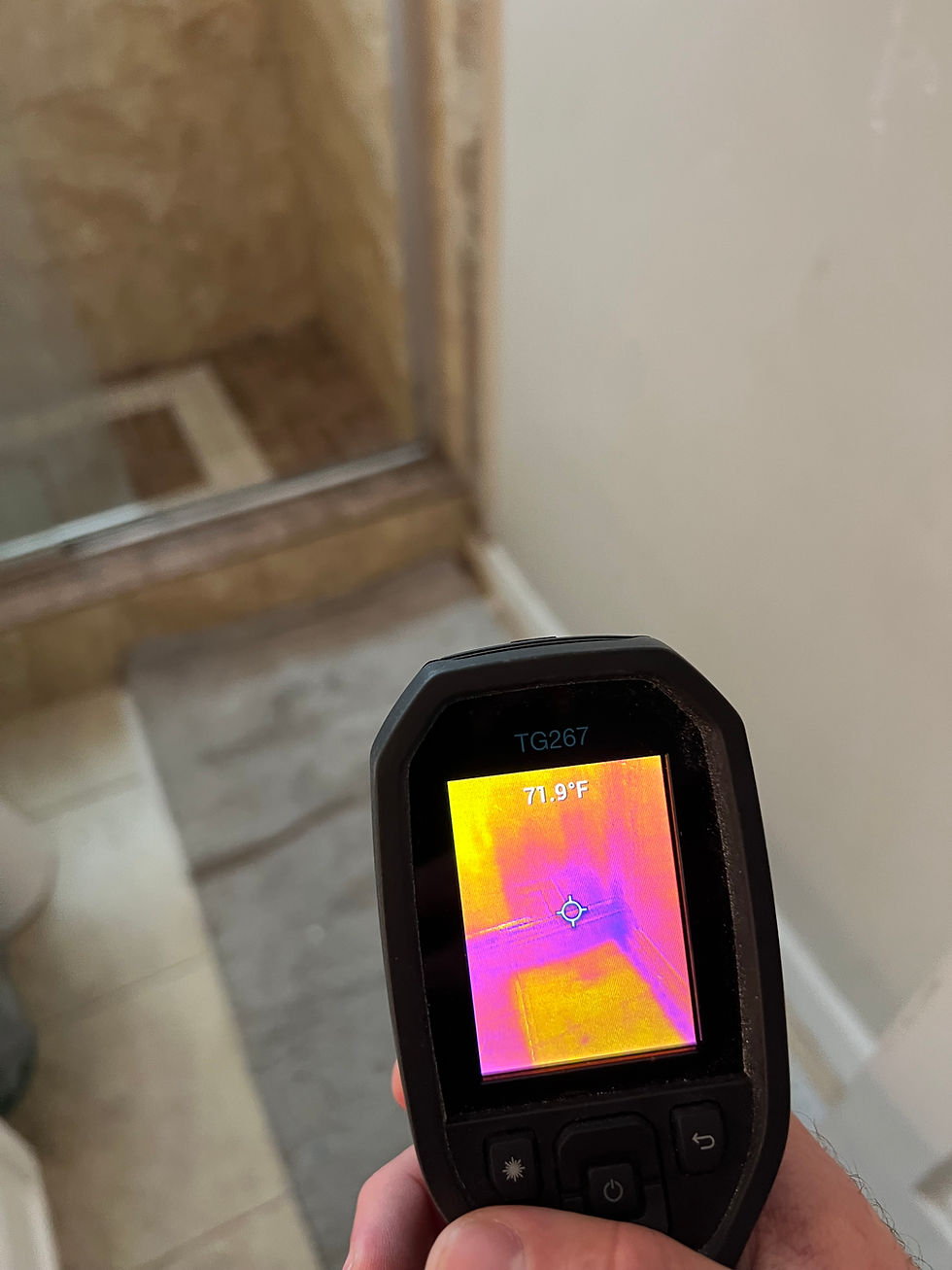What to Do If Your Ceiling Caves In: A Comprehensive Guide Introduction
- Mold Remediation Lee County

- Sep 26, 2023
- 3 min read
A ceiling cave-in can be a terrifying and unexpected event that leaves you feeling overwhelmed and unsure of what to do next. While it's a rare occurrence, it's crucial to be prepared and know how to respond in case it does happen. In this blog, we will provide you with a step-by-step guide on what to do if your ceiling caves in, ensuring your safety and minimizing damage to your property.
Prioritize Safety
The first and most important step when your ceiling caves in is to prioritize safety for yourself, your family, and any pets. Here's what you should do:
a. Evacuate the affected area: If you are in the room where the ceiling has collapsed, leave it immediately. Make sure everyone else in the house is safe as well.
b. Turn off utilities: If the damage is extensive or there is a risk of water leakage, gas, or electrical issues, turn off the main utilities (water, gas, electricity) to the affected area or the entire house if necessary.
c. Wear protective gear: If you need to re-enter the area, wear gloves, a dust mask, and eye protection to prevent injuries from debris and dust.
Call for Help
Once you and your family are safe, the next step is to call for professional help:
a. Call a structural engineer or contractor: To assess the extent of the damage and determine if your home is safe to inhabit, it's essential to have a professional evaluate the situation.
Document the Damage
Before any cleanup or repairs begin, document the damage for insurance purposes:
a. Take photos and videos: Use your smartphone or camera to capture images and videos of the collapsed ceiling and the affected area. This documentation will be valuable when filing an insurance claim.
Secure the Area
To prevent further damage and ensure safety, take these steps:
a. Clear the area: Remove furniture, belongings, and debris from the affected area to create a safe workspace for professionals and to prevent additional damage.
b. Cover exposed areas: Use tarps or plastic sheets to cover exposed areas of the roof or ceiling to prevent rain or further debris from entering your home.
Mitigate Water Damage
If your ceiling cave-in is due to water damage, you should take immediate action to prevent further issues:
a. Identify the source: Try to locate and stop the source of the water leak, if safe to do so.
b. Use buckets and towels: Place buckets or containers under the leak to collect dripping water, and use towels or rags to soak up excess moisture.
c. Contact a water damage restoration company: If the water damage is extensive, it's best to hire professionals to assess and mitigate the situation.
Temporary Repairs
While waiting for a professional assessment and repairs, consider these temporary measures:
a. Cover exposed areas: Use plywood or boards to cover holes or gaps in the ceiling temporarily.
b. Seal off the affected area: If the damage is contained to one room, seal it off with plastic sheeting to prevent dust and debris from spreading.
Conclusion
Experiencing a ceiling cave-in is a stressful and potentially dangerous situation, but by following these steps, you can ensure your safety, protect your property, and begin the process of recovery. Remember that safety should always be your top priority, and don't hesitate to seek professional help to assess and repair the damage properly. Documenting the damage and contacting your insurance company will also be crucial in the process of recovering from this unexpected event.







Comments